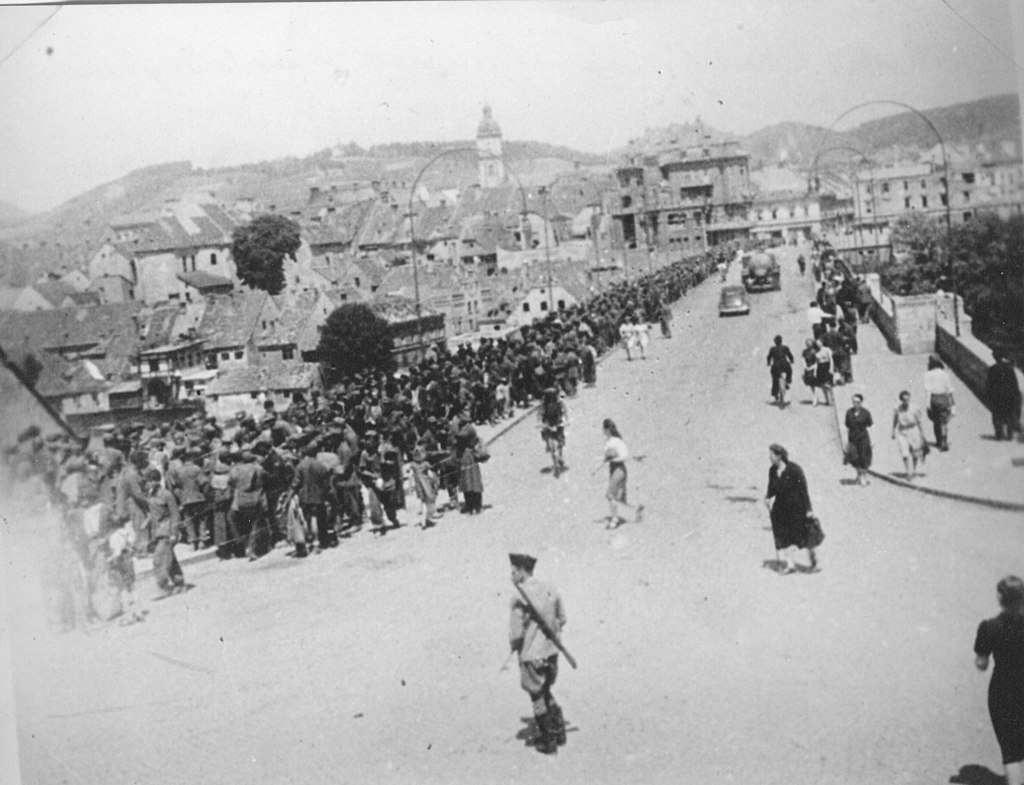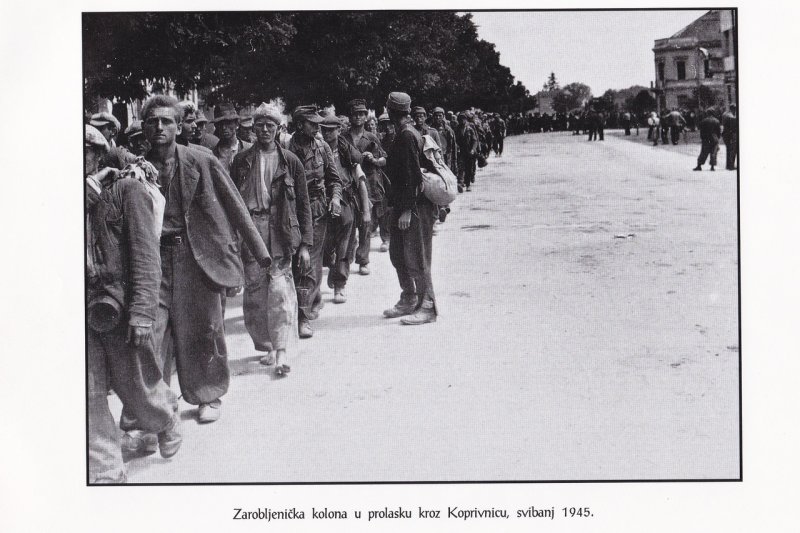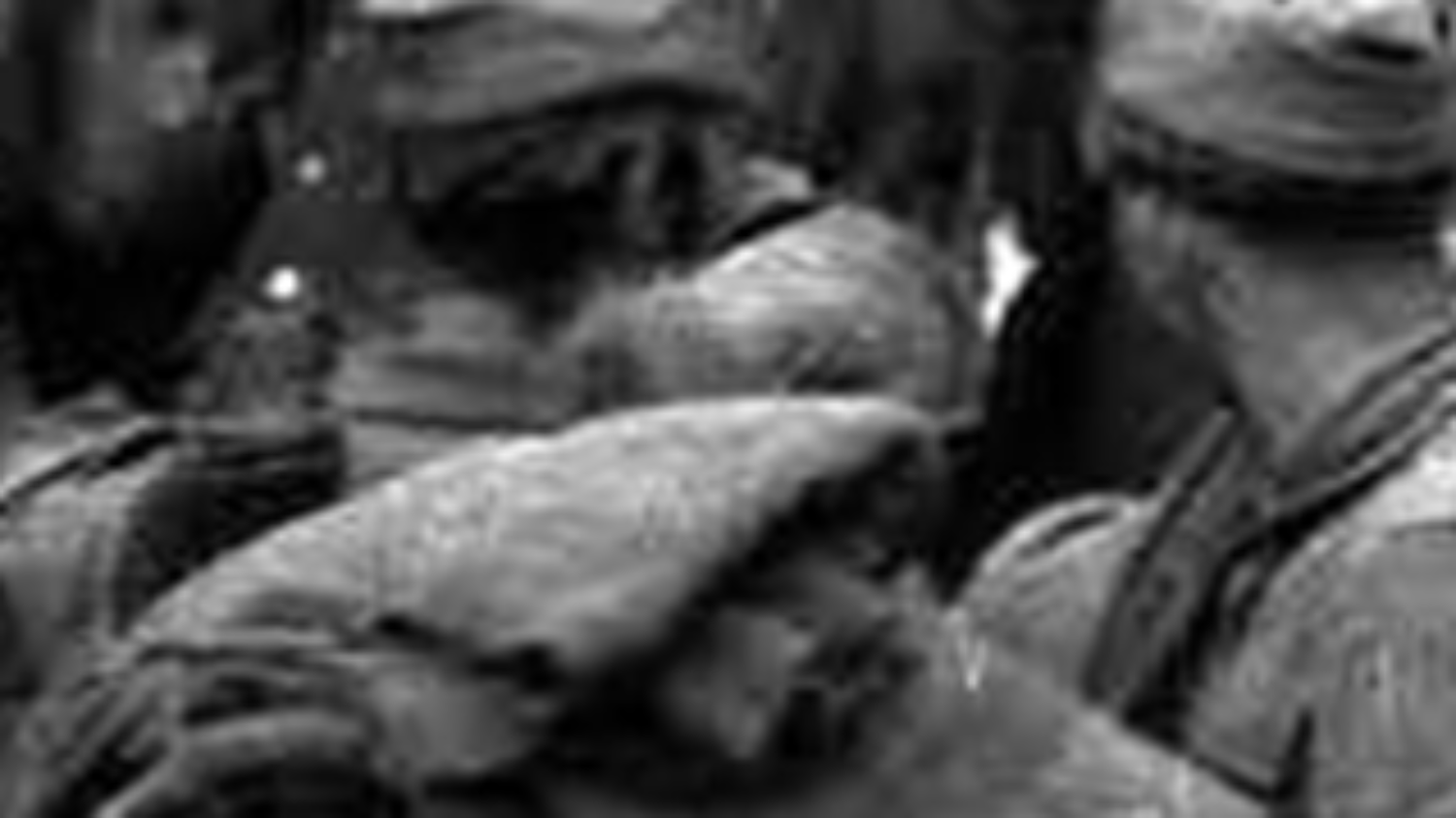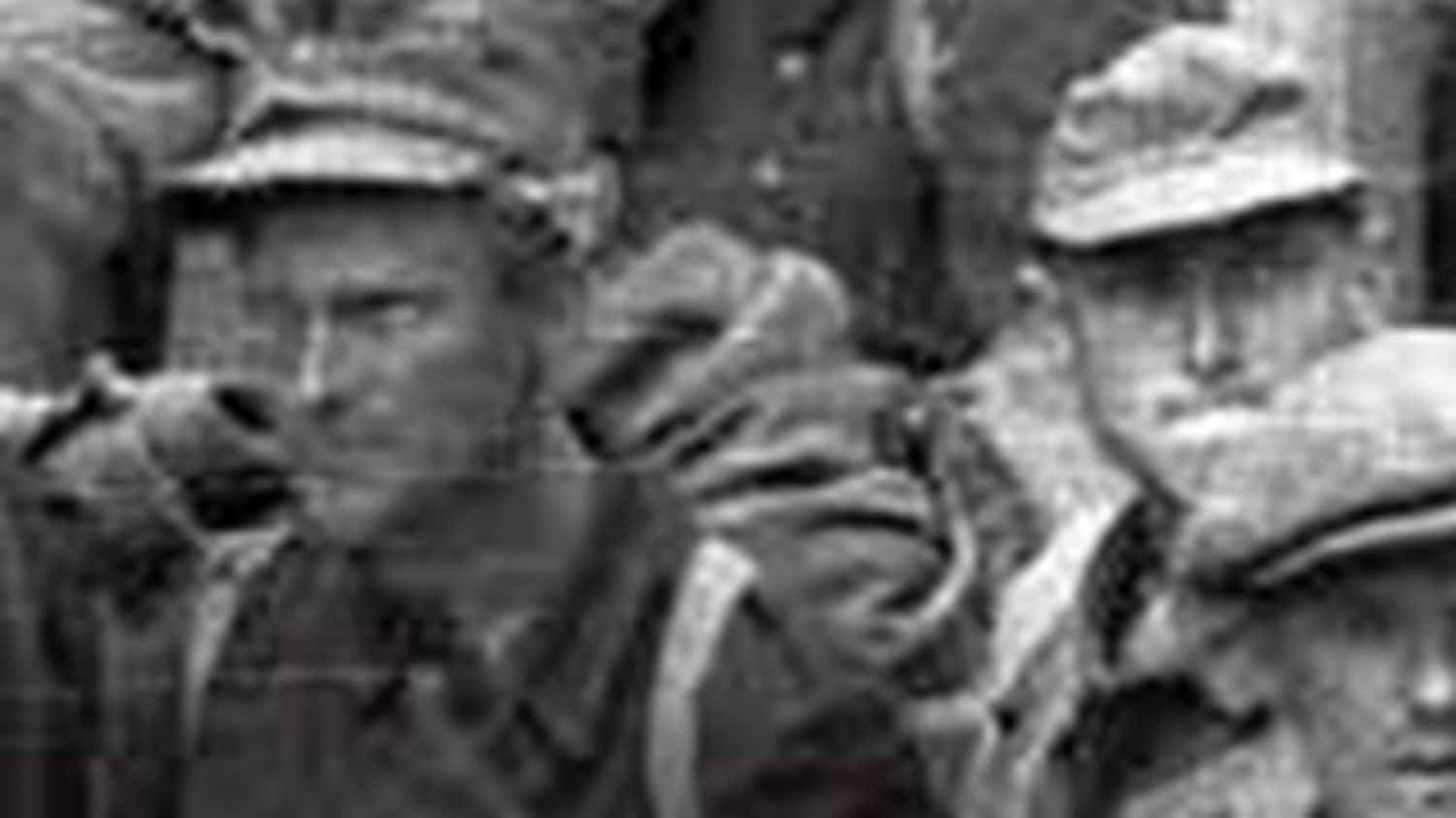THE WAY OF THE CROSS
![]()
Following the cessation of mass executions, the remaining prisoners were sent on long forced marches, which are now referred to as križni put – “the way of the cross”. There were several routes that these columns of prisoners took, intended to parade the “enemies of the people” in front of as many Yugoslav citizens as possible. One route led from Dravograd toward Celje and then on toward Krapina and Zagreb. At Zagreb, some of the prisoners were sent toward Sisak and Bosnia and Herzegovina, while others were marched to Karlovac and on toward Istria, Dalmatia, and Montenegro. Another route led from Dravograd toward Maribor and then on to Varaždin (Hungarian: Varasd), and then along the river Drava on to Osijek. After Osijek, these columns were marched through Serbia, toward Macedonia.

Source: HKV.hr
The prisoners’ column in Maribor, May 1945
![]()
The killing of the prisoners continued along these routes, but no longer en masse, in contrast to the very beginning. Moving through various parts of the country, the prisoners experienced different kinds of treatment from the local population, by and large depending on its ethnic makeup. While in some, mostly ethnic-Croat villages and towns there were local people who approached the columns with food and water, in places with ethnic-Serb majorities there were frequent instances of verbal and physical abuse.

Source: Jutarnji.hr
The prisoners’ column passing through Koprivnica, May 1945
![]()
Upon the proclamation of a general amnesty by the Yugoslav government on 3 August 1945, most of the remaining prisoners were released, although some were detained in labour camps, where they served their sentences for enlisting in enemy formations or aiding the enemy during the war. Also, there were prisoners who were further investigated and sentenced to multiple years in prison.
Follow us
Connect with us on social networks



